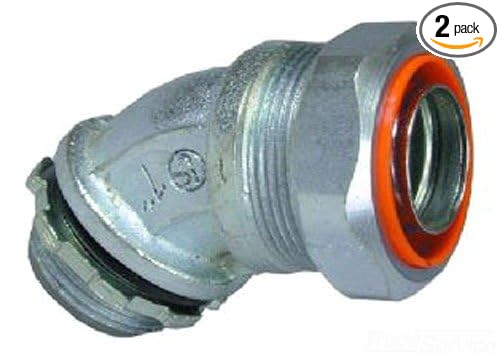JNHEscher
Red Skull Member
CarterKaft said,
Some extra steel in those areas would really help.
JNHEscher said:
I don't run recaps, but yeah, a shredded tire will destroy a lot. I'm cutting out all the flimsy stuff and beefing the tubs up with thicker stainless. I was going to use the OE fiberglass tubs as templates for the steel shop to bend some stainless sheet from. After feeling sick and sitting in the bus for a few hours, staring at the battery and inverter placement while waiting for my wife to return from Pueblo, I thought I'd be better off making some hinged plate tubs. Flailing tire tread would otherwise be aiming for $3K worth of electronics.
I didn't really want to even bring it up for fear of jinxing you but I know if it were mine I would wreck that out first trip, my luck blows lately.I don't run recaps, but yeah, a shredded tire will destroy a lot. I'm cutting out all the flimsy stuff and beefing the tubs up with thicker stainless. I was going to use the OE fiberglass tubs as templates for the steel shop to bend some stainless sheet from. After feeling sick and sitting in the bus for a few hours, staring at the battery and inverter placement while waiting for my wife to return from Pueblo, I thought I'd be better off making some hinged plate tubs. Flailing tire tread would otherwise be aiming for $3K worth of electronics.
Some extra steel in those areas would really help.


